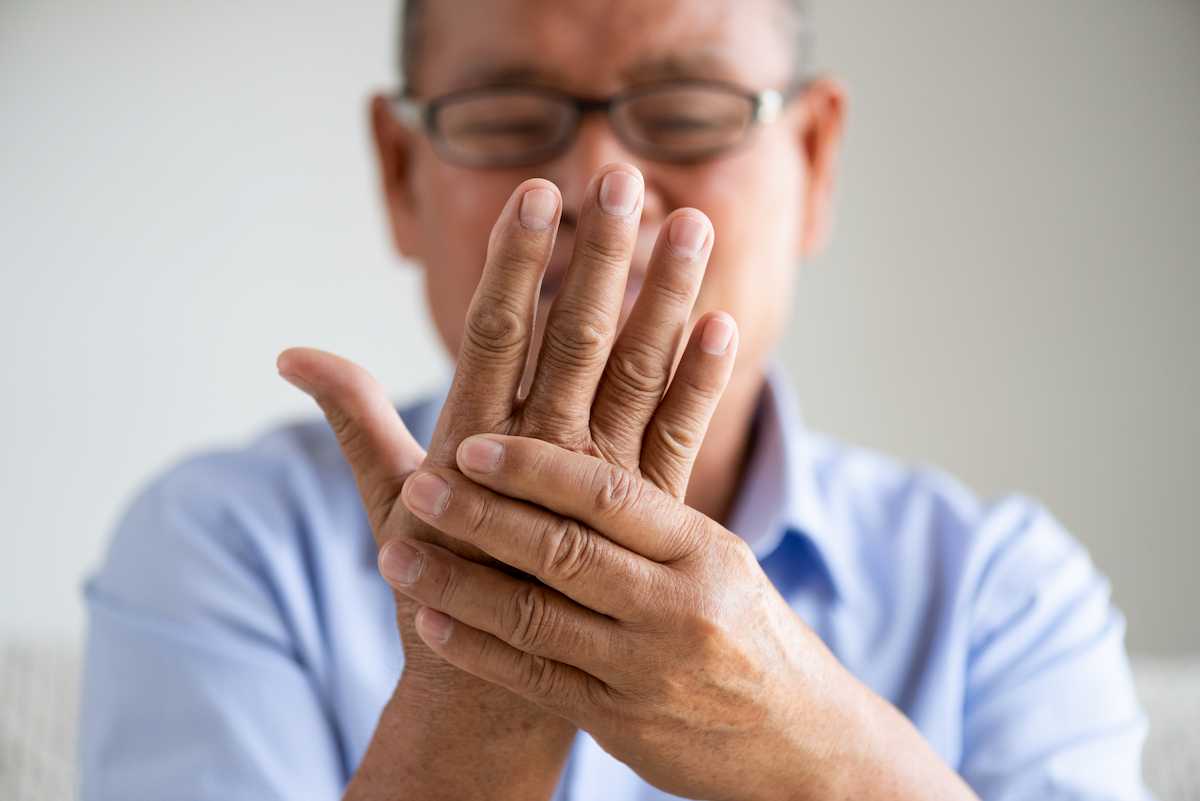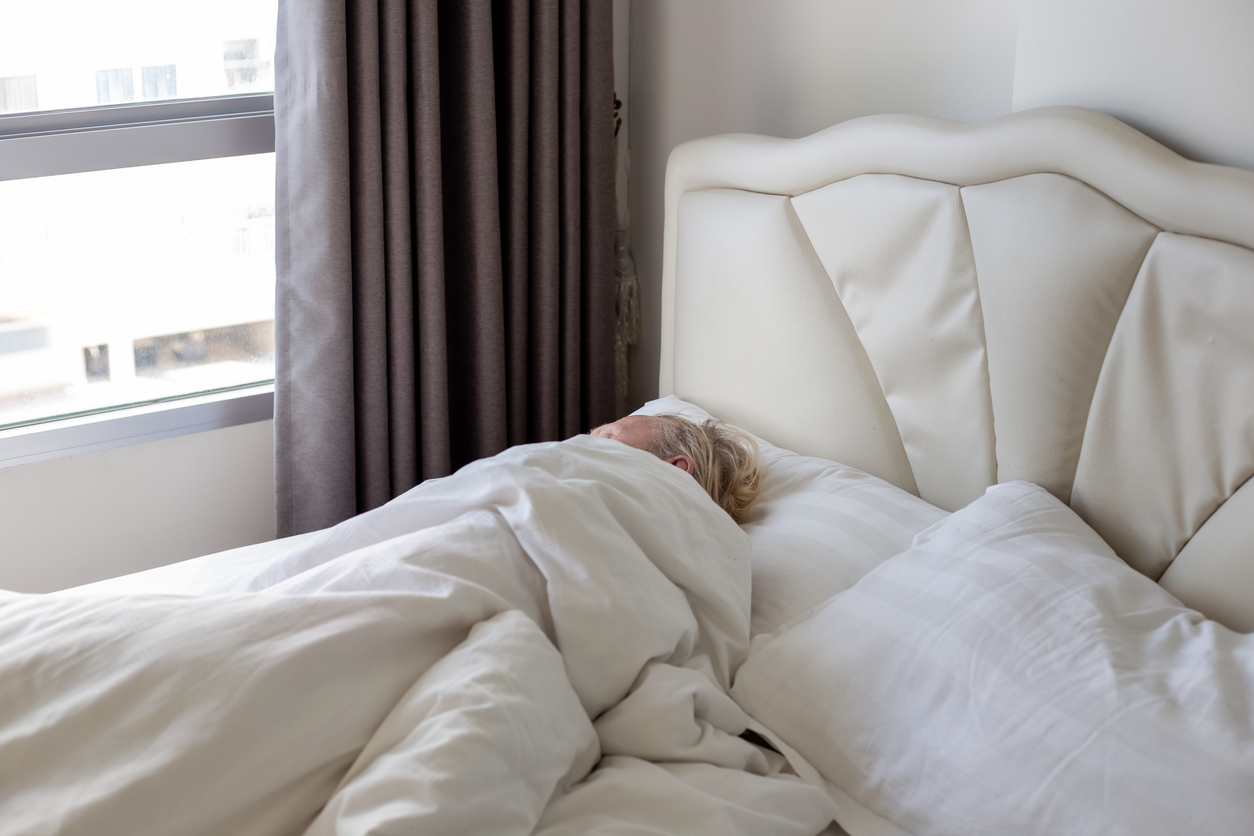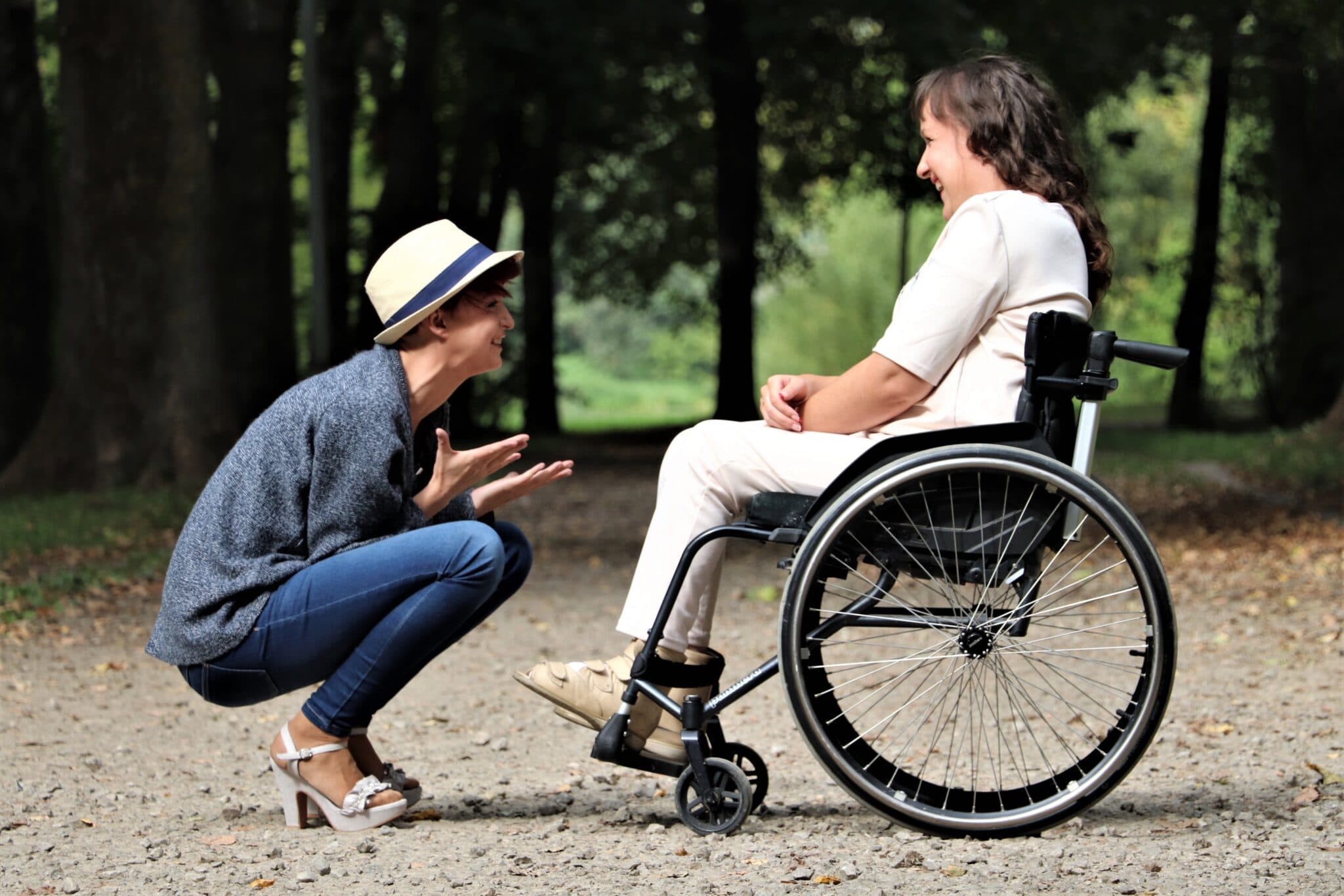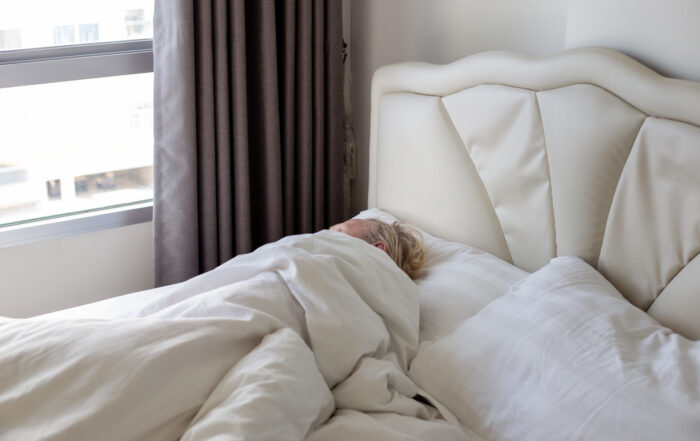How Arthritis Furniture and Treatment Can Help Relieve the Pain
Social Links
Arthritis is a common condition that causes pain and inflammation in the joints. There are many different types of arthritis and it is estimated that in the UK over 10 million people are affected.
While some forms of arthritis are inflammatory in nature, such as rheumatoid arthritis, osteoarthritis is by far the most common type of the condition. It’s more common in women and older people; at least half of those over 65 years old have osteoarthritis.
People with osteoarthritis experience joint pain and stiffness that makes it harder to participate in daily activities. From getting dressed and making breakfast, to standing up from a chair, daily tasks can become difficult. But special arthritis furniture, aids and treatment can reduce pain and discomfort and increase quality of life. And today they are more finely honed than ever before.
Furniture for arthritis sufferers
Remaining in the same position for too long can lead to stiffer joints and restrict movement further. So, making the most of equipment and accessories that encourage movement is a big help. The same goes for furniture.
Two items of furniture are particularly useful for arthritis sufferers: rise and recline chairs and adjustable beds.
Conventional chairs and sofas can exacerbate joint pain but the right rise and recline chair has the opposite effect. Versus Arthritis, a leading UK charity, agrees that “some people like to use a reclining chair so that they can change their posture easily but remain supported”.
Electric rise and recline chairs allow people with arthritis to sit – and recline – in a range of comfortable positions without having to move from the chair. Elevating stiff and painful legs can reduce inflammation and swelling. And then when you’re ready to stand up again, press a button and you’re eased into an upright position.
Settees have reclining options too. They work just like a rise and recline chair; different handsets allow each section of the settee to recline or tilt forward independently. So two people who want to sit together but have different needs can both experience optimal comfort.
Adjustable beds allow users to customise the bed’s alignment, with the aim of achieving a great night’s sleep, and the Mobility Furniture Company has one of the widest ranges in the UK.
Some people with arthritis are more comfortable sleeping with their legs slightly raised. Others may find having their head elevated reduces neck pain.
And beyond taking on arthritis pain and stiffness in the quest for quality shut eye, adjustable beds support your head at the perfect level for reading a book, doing the crossword or browsing the internet, at the touch of a button.
Assistive aids for people with arthritis
Plenty of fantastic products are available to help people with arthritis perform daily activities. To start with, a wide range of devices make switches, dials and plugs easier to grip. The same goes for gadgets to help open bottles, jars and tins. Electric jug kettles are easier to grip and pour from than traditional kettles, and cordless kettles are easier still.
Getting dressed may be more comfortable when sitting down. The wide variety of gadgets to help include long-handled shoehorns, dressing sticks, sock aids and buttonhooks for fastening buttons.
When it comes to the bathroom, lever taps on the bath and sink are kinder on the hands, as is an electric toothbrush. Grab rails improve independence. A fold-down wall seat, shower stool or even a plastic garden chair can help you shower in safety and comfort if you have a cubicle.
Many other assistive aids reduce pressure on the joints when you’re doing housework, driving, shopping or using the computer.
Hot/cold therapies for arthritis
Heat therapy can help loosen stiff joints and relieve aching muscles and whilst it isn’t a long-term cure, it is something you can easily do at home.
Soak in warm water or apply a heated compress and your blood vessels get bigger, allowing blood (and therefore oxygen and nutrients) to be circulated to stiff muscles and sore joints.
Remember to avoid heat if you have an acute injury or are having a flare. In this context, try using a cold treatment such as an ice pack to reduce blood flow and decrease inflammation.
Exercise for arthritis
Long gone are the days when people with arthritis were told to rest up. There is now common consensus that it is essential to keep moving to combat stiff joints. Move it or lose it is the name of the game. Just walking a few extra steps a day can make a big difference.
Products and devices that make life easier include special insoles that can reduce knee pain and improve gait (the way you walk). Exercise balls are designed to strengthen the back and improve posture.
People with hand arthritis may look to retain and improve finger flexibility and dexterity with a special exerciser, which also works to increase finger, thumb and forearm strength. And if mobility is a big issue, think about getting a passive exercise device to move your legs and feet.
Complimentary therapies
Although painkillers and prescribed medication continue to be mainstream treatments for arthritis, many people turn to complementary therapies. Evidence for some of these is stacking up, particularly acupuncture and yoga. In fact, acupuncture is one of only four treatments to be recommended for chronic pain by the National Institute for Health and Care Excellence.
And an evidence review shows that regular yoga training is helpful in reducing knee arthritic symptoms, promoting physical function, and general wellbeing in people with arthritis.
For more information on complementary therapies speak to your GP, contact Versus Arthritis or Arthritis Digest. Depending on your personal health circumstances, some therapies may be more suitable than others.
Transcutaneous electrical nerve stimulation (TENS)
TENS is a method of pain relief using of a mild electrical current. A TENS machine is a small, battery-operated device that has leads connected to sticky pads called electrodes. The pads are attached directly to the skin. When the machine is switched on, small electrical impulses are delivered to the affected area of the body, which is felt as a tingling sensation.
The electrical impulses reduce the pain signals going to the brain, which may help relieve pain and relax muscles. Plus, they seem to stimulate the production of endorphins, the body’s natural painkillers.
TENS devices can be bought (or rented) from pharmacists around the UK.
The bottom line
There is no cure for arthritis, but research and technology mean that living with the condition is easier today than in the past. We have a greater understanding of medication, pain relief and the role of complementary therapies. Arthritis furniture and aids are user-friendly and improve quality of life. And we can custom-build furniture – reclining chairs and settees and adjustable beds – to enable people with arthritis to live and sleep in as much comfort as possible.
If you have arthritis and are looking for a rise and recline chair, settee or adjustable bed, the search is over. Get in touch with our friendly team to talk through the options and try out relevant items of furniture in the comfort of your own home. Our five-star Trust Pilot reviews speak for themselves.
*This website contains general medical information. The medical information is not advice and should not be treated as such. Read our full Medical Disclaimer here.



